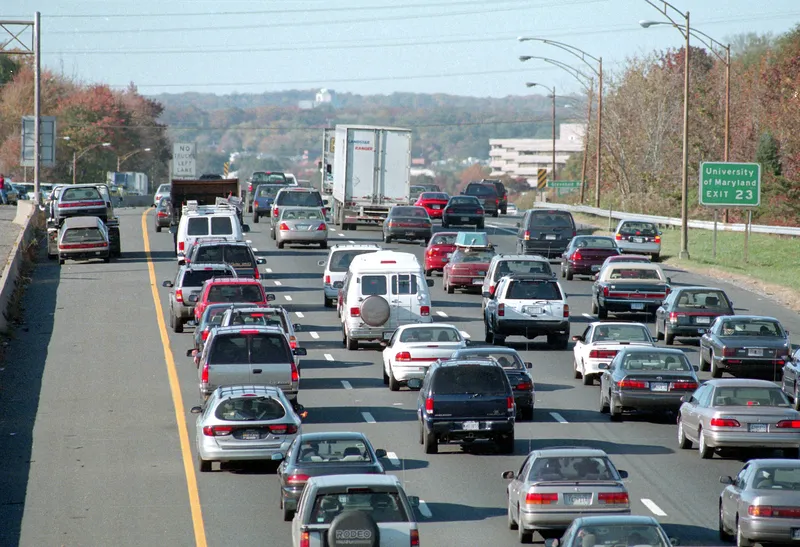In an effort to reduce congestion in a busy corridor for motorists and commercial freight carriers, Delaware Department of Transportation (DelDOT) appointed TransCore as the lead integrator on a project to convert the Newark Toll Plaza on I-95, adding two new electronic highway speed lanes on both the north and south bound plazas. Plaza throughput is now about to jump from 250-300 transactions per lane per hour to an estimated 2,000. The US$32 million “shovel ready” project was fully funded through the Amer
April 17, 2012
Read time: 2 mins
RSSIn an effort to reduce congestion in a busy corridor for motorists and commercial freight carriers, Delaware Department of Transportation (DelDOT) appointed 139 Transcore as the lead integrator on a project to convert the Newark Toll Plaza on I-95, adding two new electronic highway speed lanes on both the north and south bound plazas. Plaza throughput is now about to jump from 250-300 transactions per lane per hour to an estimated 2,000. The US$32 million “shovel ready” project was fully funded through the American Recovery and Reinvestment Act (ARRA).
Working around the clock, A-Del Construction, the prime contractor on the project, TransCore, and the I-95 toll plaza team beat the projected 479 calendar day delivery schedule by more than a month.
“Meeting DelDOT’s accelerated schedule requirements and technical specifications on such a crucial project reinforce the value of TransCore’s experienced engineering team,” commented Bob Ball, TransCore’s ITS Group managing director for the Eastern Region. “Deploying our Infinity technology with its streamlined modular design and ease of installation, saved a tremendous amount of time and helped us come in ahead of schedule and on budget.”
The installation was part of a complete plaza reconstruction where the existing 20 lane conventional plaza was converted to a 14 lane (seven north bound and seven south bound) and two open road tolling lanes, all while minimizing the interruption to existing traffic.
Working around the clock, A-Del Construction, the prime contractor on the project, TransCore, and the I-95 toll plaza team beat the projected 479 calendar day delivery schedule by more than a month.
“Meeting DelDOT’s accelerated schedule requirements and technical specifications on such a crucial project reinforce the value of TransCore’s experienced engineering team,” commented Bob Ball, TransCore’s ITS Group managing director for the Eastern Region. “Deploying our Infinity technology with its streamlined modular design and ease of installation, saved a tremendous amount of time and helped us come in ahead of schedule and on budget.”
The installation was part of a complete plaza reconstruction where the existing 20 lane conventional plaza was converted to a 14 lane (seven north bound and seven south bound) and two open road tolling lanes, all while minimizing the interruption to existing traffic.









